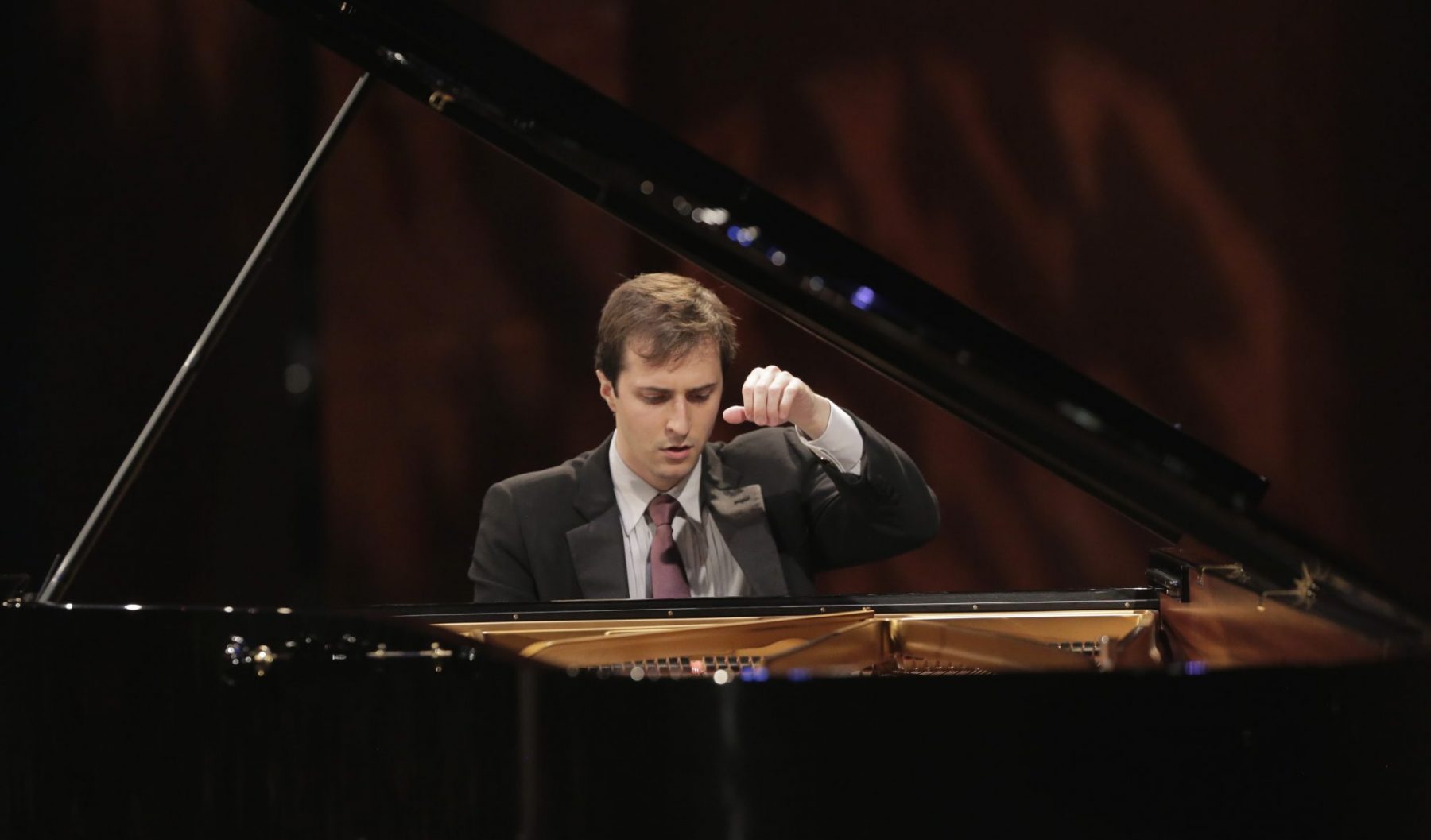It’s revealing when the quality of a performance is significantly greater in the encore than in most of the recital proper. Since placing fourth at the 2016 Sydney International Piano competition, American Kenny Broberg has experienced significant competition success, winning prizes at the 2017 Van Cliburn International Piano Competition and the 2019 International Tchaikovsky competition. His Sydney recital was the last stop in his tour of the country.
 Kenny Broberg. Photo © Carolyn Cruz
Kenny Broberg. Photo © Carolyn Cruz
Broberg’s execution of the Bach’s Prelude and Fugue in A sat between orthodox and unorthodox. Combined with interesting pedal choices that blurred the many ornaments present throughout and topped with a vibrato-like motion pianists usually avoid, it seemed as though he was playing on a period instrument, like the clavichord. This mixture of styles seemed a promising combination of the traditional and the modern but was not reflected in the remainder of the recital.
A point must be made here about the pedalling. The tapering off of the pedal in multiple sections across the program was jarring, especially when quarter tone harmonies appeared as if from nowhere during the important moments of a piece. Broberg’s approach to Beethoven’s Sonata No 31 was a good example of this. Not only did tapering occur, the use of pedal, particularly prominent in the second movement, affected overall clarity, and left-hand single note melodies and countermelodies were lost amongst the accompaniment figures. Yet technically speaking, Broberg’s execution was near perfect, as it was for the rest of the recital.
The Fantaisie in F Minor is one of Chopin’s longest solo piano works, and features elegiac passages, marches and intense melodic passages. Departing from the style and approach he took up in the Beethoven, Broberg played with an incredible proficiency and purity of execution, offering high degrees of transparency and a sense of wonder.
Franck’s Prélude, Fugue et Variation was where Broberg’s musical prowess really began to shine. When a work is repetitive and relatively easy to understand, it becomes even more necessary to craft and find details that will let the work sing. Broberg did exactly that, as the colours of the piano shone each time the melody was re-enacted across the piano range.
With its peculiar harmonic sequences and virtuosic melodic runs, Medtner’s Night Wind sonata was an exceptionally demanding conclusion to the recital. However, this was a very well-executed performance by Broberg – his intentions were clear, as were the emotions, and it was most definitely the highlight of the evening.
After this, he presented a whopping four encores, reflecting his interest in jazz and 20th century works. He presented all three of Gershwin’s piano preludes, as well as Debussy’s Golliwogg’s Cakewalk, to rapturous applause.











Comments
Log in to join the conversation.